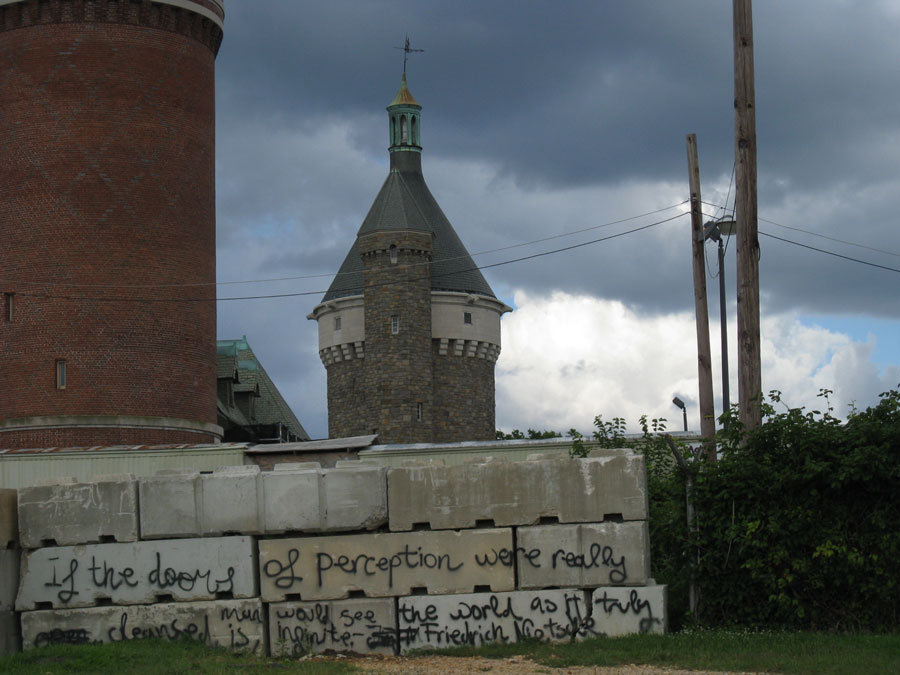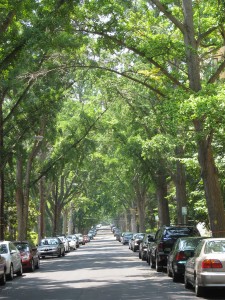
When we first moved to Seattle seven years ago, we were full of enthusiasm and ignorance.
We knew nothing about the neighborhoods, the hip restaurants, the must-see sights, but we had umbrellas and good hiking boots. We spent a lot of our free time simply walking around the city.
The experience changed us. Up until then my husband and I had never taken many walks except when we were on vacation, even though we had lived for many years in the countryside of Virginia, a place where scenic walks and pleasant vistas abound. But back then we were usually either too busy or too tired to walk around just for the sake of walking around. Our activities were agenda-driven.
In Seattle, when we began to walk for the pleasure of it (and the peripheral health benefits) we came to see the world differently.
There’s no better way to really get to know a place than on foot. In Seattle we discovered all kinds of hidden treasure beyond the obvious parks and art and fascinating architecture. We explored the hidden stairways of Fremont, the pocket gardens of Ballard, the old growth forest in Seward Park, the pea patch gardens all over the city.
When we returned to the East Coast we chose to continue living in an urban environment, in part because, even though I still love the rural scene, at this point in my life I want to be in walking distance of more than the nearest meadow.
So here we are, returned to a city that was so familiar to us once upon a time. In the thirty years we were elsewhere a lot has changed, but the essential nature of the D.C. area remains the same. It’s still a city dominated by the presence of the federal government and the international diplomats who live here. Real life is a little unreal here. But on the ground, walking around the neighborhoods, it doesn’t feel any different from other major cities.
The biggest difference between Seattle and D.C. from a pedestrian vantage point is the tree canopy. The Pacific Northwest is famous for its mighty evergreens. And they are amazing. But much of Seattle was cleared of trees in its early pioneer days, which weren’t that long ago. By comparison, the District of Columbia has been planting street trees for several centuries, and some of these babies are enormous. That’s one reason last year’s powerful derecho (a storm with sustained hurricane force winds) was so devastating. When a small tree topples, maybe it wrecks a car or two. When a giant falls, it takes down power poles, destroys buildings.

Anyway, once the wreckage was cleared up you wouldn’t have known anything had happened, because there are still soooo many trees in this city.
But there are a few places which rise above the canopy. The National Cathedral sits on one of the best known high spots in the city. Another, less well known, high point is near Tenley Circle, an area once known as “The Top of the Town.” It’s changed a bit since we lived nearby many years ago. They’ve put in tennis courts where the outdoor stage used to be. The high school has taken over a lot of the open fields. And a covered reservoir sits high above the city, offering a panoramic view to the west.
It’s a popular spot for dog walkers, kids skipping out for a break after class, and people like me. I like the wide open sky. It reminds me of the country, but with a city feel—that sense of a lot of people sharing a particular space and time, working, playing, growing, and getting along as best they can together. It’s not always perfect, and it’s not always pretty, but it’s always alive, and ready for what’s next.
From here to infinity. And beyond. It starts with a walk around the block.